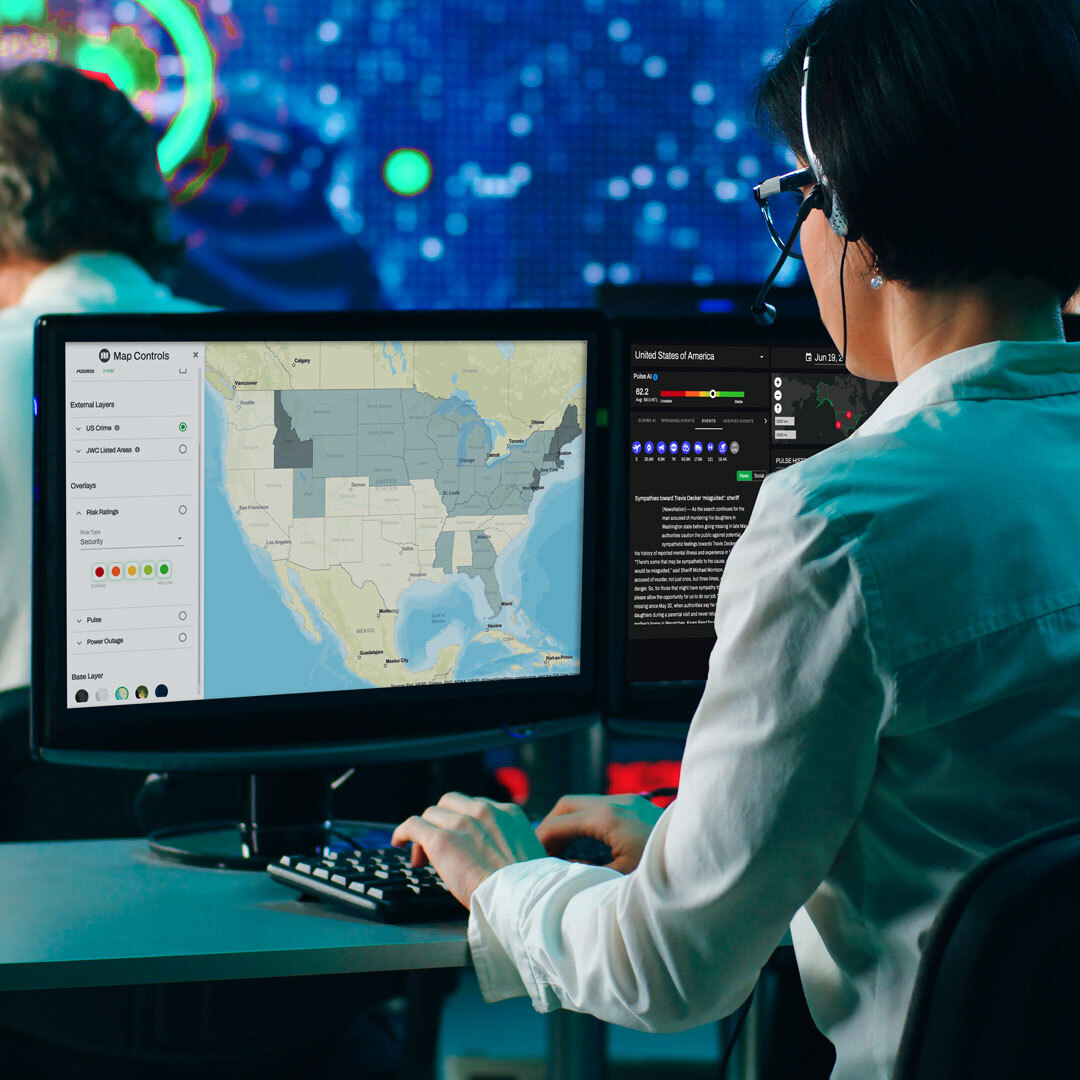Generative AI. It’s everywhere. Some folks are worried it’s taking over the world. Others are thinking it’s not progressing fast enough. Here are a few critical facts and benefits of generative AI so you can decide for yourself.
The Limitations & Benefits of Generative AI
When it comes to generative AI, there are a couple of impressive benefits:
#1. It’s incredibly fast. Generative AI can generate text, images and even audio in the blink of an eye. This can be useful to someone writing a blog or needing to edit a series of images into a video. Scientists can use generative AI to generate protein structures for medical experiments. The potential positive impact to the science and medical worlds is really exciting.
#2. It can be trained! One of the best ways to improve generative AI is to train, or fine tune, models on private data. When an organization has a proprietary database, a model can be trained based on verified data, which eliminates the possibility of false data – a common occurrence when models are trained on the internet. To further shape model output, human feedback enables the model to learn from expert-verified information and provide better data in the future.
These pros are balanced with a few distinct challenges, which currently include:
#1. Lack of current data. Initial trainings for the most common model, chatGPT, ended in September 2021. This means chatGPT is useless for looking at current trends and is only able to generate results from information in 2021 or earlier.
#2. Inability to ensure accuracy. Generative AI models don’t offer source information with results, making it difficult to verify if information is true. Additionally, generative AI tools are very good at sounding authoritative, even when the content of the result is completely made up.
#3. Access to public data only. Models like chatGPT are only trained on public data, making it impossible to generate content that’s not in a public dataset.
#4. Difficult to control. It can be hard to produce precisely the output you want in a repeatable fashion.
The Future is Bright, and the Benefits will Grow
While we currently list a few more cons than pros, we believe generative AI and its future iterations will improve, making the benefits outweigh the challenges. We see smaller models becoming a big part of the future. The current large models, that cost $50M to train, are not necessarily going to solve a lot of problems; they’re simply too costly. However, these large models can be distilled into smaller ones, and even those models can be distilled into yet smaller ones – all of which have similar abilities and can solve many of the same tasks without the costs of running or training a large model.
We’re also seeing hardware support improve, so rapid retraining is going to be possible. This will make it possible for models to produce results that include real-time information that is publicly available.
We also believe that generative AI’s ability to encode logical correlations will continue to advance. While current generative AI models include issues like misinformation and disinformation, there are many, many technologies and technologists working to counteract these challenges in order to make the models work more effectively. On the flip side, the models will continue to become more and more convincing, so there will need to be more effort put behind identifying false news.
We believe the future is bright for generative AI. As long as we’re able to mitigate the negative impacts by being diligent in our usage and ensuring that fake news isn’t communicated as fact, we have high hopes for generative AI, chatGPT, and all the future models we have yet to see.
Want to learn more about utilizing generative AI in the risk and threat intelligence space? Our Chief Technology Officer and Head of Intelligence dove into the pros and cons of the rapidly evolving technology during a recent webinar.
About Seerist
Seerist’s augmented analytics solution combines AI, machine learning, and expert human analysis to deliver trustworthy threat intelligence. By automating the collection of global data, capturing various shifts and swings, and filtering out the noise, Seerist provides valuable insights. These insights are seamlessly integrated into a user-friendly dashboard, ensuring swift and dependable decision-making in crucial moments.
Book a demo to see Seerist’s threat intelligence tools in action or follow us on LinkedIn to learn more about how Seerist helps you stay ahead of the curve.






